Which Heat Recovery Ventilation System is Best For Me
Heat recovery systems are an extremely beneficial ventilation solution that is accessible for almost anyone. By ensuring heat isn’t lost during its ventilation process, you are retaining your comfort whilst extracting impure or overly humid air.
But, there is more than one kind of heat recovery ventilation system. So what should you look out for when browsing through your options?
In this blog, we will answer the question ‘Which heat recovery system is best for me?’
With new buildings being made to be as energy efficient as possible, and the UK aiming for 95% of its electricity usage to be low carbon by 2030, it is imperative to understand how we can make the most of our ventilation. This is where applications such as extractor fans and heat recovery ventilation units come in.
To prevent mould, fresh air should constantly be introduced into your dwelling daily, as it helps to regulate temperature and reduce condensation. Introducing fresh air can be as simple as having a ventilation routine, or installing extractors or MVHR units. Almost all of this is facilitated by ducting.
What does a heat recovery ventilation system do?
A heat recovery ventilation system, also known as a heat recovery system, or MVHR unit, is a form of ventilation that has the unique feature of retaining heat that would otherwise be lost during extraction with a regular extractor system.
Below, we will share the simple four-step process that a heat recovery system goes through when it is active.
- Brings in Fresh Air: It draws fresh air from outside your home through a filter, removing dust, pollen, and other airborne particles.
- Extracts Stale Air: It removes stale air and moisture from inside your house through another duct.
- Heat Exchange (The Clever Part!): Here’s the key feature: Before the stale air gets expelled, the system captures the heat it contains.
- There’s a special heat exchanger inside the unit that acts like a bridge.
- The warm exhaust air transfers its heat to the incoming fresh air without them actually mixing.
4. Warm Fresh Air Delivered: The pre-warmed fresh air is then distributed throughout your house using a network of ducts.
Benefits of a Heat Recovery System
- Reduced Heating Costs: By recovering heat from outgoing air, the system reduces the workload on your heating system, saving you money on energy bills.
- Improved Air Quality: The constant supply of fresh, filtered air helps create a healthier and more comfortable living environment.
- Reduced Moisture Levels: Extracting moisture from the air helps prevent condensation, mould growth, and other moisture-related problems.
- Year-Round Ventilation: Heat recovery systems work efficiently throughout the year, unlike opening windows, which isn’t ideal in cold weather.
How big are heat recovery systems?
Heat recovery systems can range in size depending on your needs, and/or the model you select. There are single-room units, which are usually the same size as a standard extractor fan, and whole house units available too.
Heat recovery systems work best in larger homes. The difference will not only be felt in the air you breathe, but on your bills too, as you are less likely to use your heating system as long as you typically would.
Which heat recovery ventilation system is best for me?
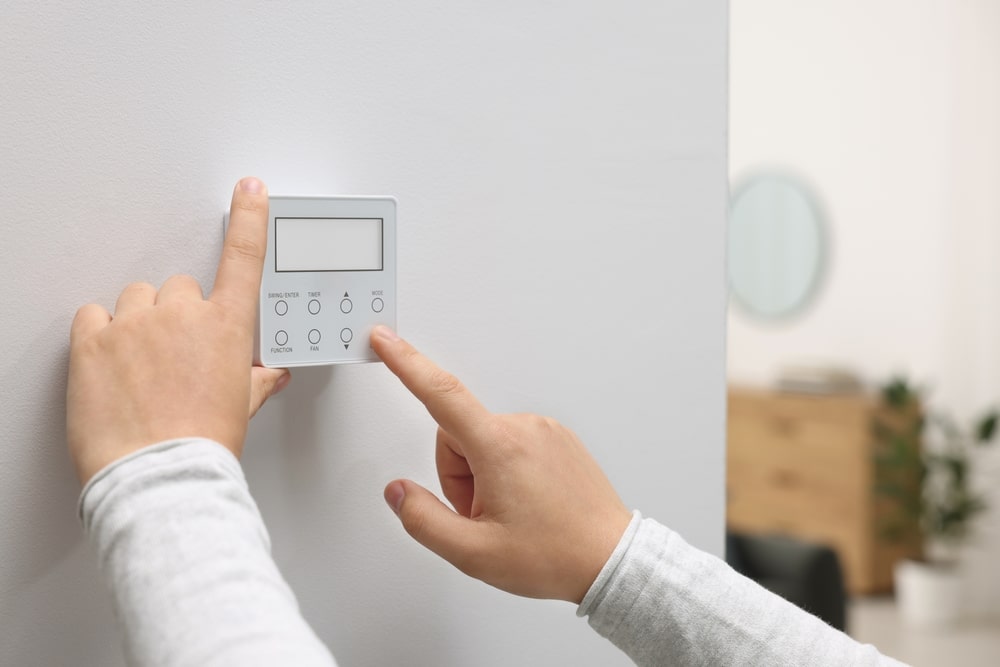
Without knowing your personal circumstances, it is almost impossible to suggest the right heat recovery ventilation system that works best for your needs. However, by understanding where and how heat recovery systems work best, it can provide you with insight that can help you navigate whether a heat recovery system is suitable for your needs.
With that being said, let’s start with heat recovery systems and how they may suit certain properties.
- Detached House: Most heat recovery systems are well-suited for detached houses, as they typically have the most control over ventilation needs.
- Semi-detached or Terraced House: These might require a system with balanced ventilation to avoid affecting neighbouring properties. Ensuring your ventilation is installed by an expert can help to mitigate any potential issues.
- Flats: Heat recovery systems can be trickier in flats, especially those with shared ventilation systems. You might need to consult a specialist to see if it’s feasible for your specific building.
Furthermore, when it comes to homes, you should consider the fact that larger homes will generally require a more powerful system to handle the air volume. Additionally, the number of occupants can contribute to additional moisture in the home, which will affect ventilation needs.
Finally, occupancy patterns play a part in it too, as a home that is constantly occupied will have more specific ventilation requirements compared to homes that are empty most of the day.
Heat recovery systems — components and features.
Heat recovery systems have a piece of technology within them known as heat exchangers. Depending on the heat recovery system you select, it will likely have one of the three following heat exchanger types.
- Counterflow Heat Exchangers: These offer the best heat recovery rates but can be slightly more expensive to run.
- Crossflow Heat Exchangers: Less efficient than counterflow but more affordable.
- Rotary Wheel Heat Exchangers: Typically used in commercial settings due to their size and complexity.
In addition, the features listed below are present in most modern heat ventilation systems, and can be advantageous for your home ventilation if you choose to purchase a system with the following features:
- Humidistat Control: This automatically adjusts ventilation based on humidity levels, preventing excessive moisture build-up.
- Bypass Function: Allows fresh air intake without heat recovery during mild weather.
Finally, you should consider the following factors and what they mean when choosing a heat recovery system. As ignoring these can result in wasted money, or issues with neighbours.
- Heat Recovery Efficiency: Higher efficiency means more heat is recovered from outgoing air, reducing heating costs.
- Energy Efficiency Rating: Look for a system with a good energy rating to minimize electricity consumption by the fan.
- Noise Levels: Consider the noise level of the system, especially if it’s located in a living area.
Where can I buy a heat recovery system?
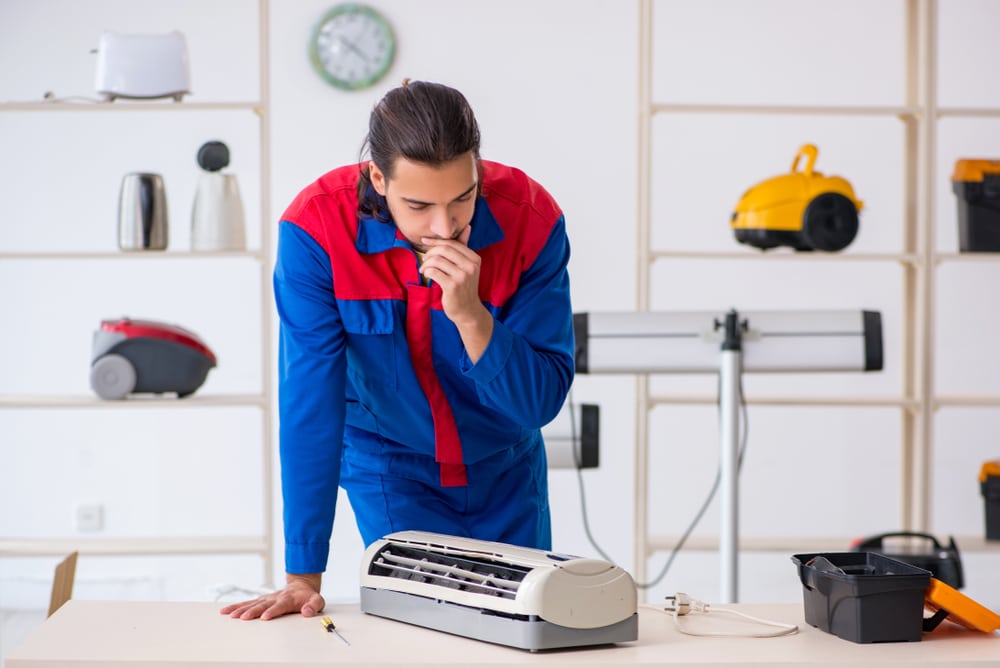
I-Sells is a leading supplier of all things ventilation, this includes extractor fans, heat recovery systems, and much more. Our range covers affordable options, to modestly priced options and the premium options. Each of which have their own features that make them applicable to most if not all homes.
If you are struggling to decide which option works for you, we would be happy to assist you in your decision-making, simply contact us with your query, and we will provide the best possible guidance. When deciding for a heat recovery system, you would rather get the best option for you first, as installation and subsequent removal can be a long and tedious process.
Purchase a heat recovery system today
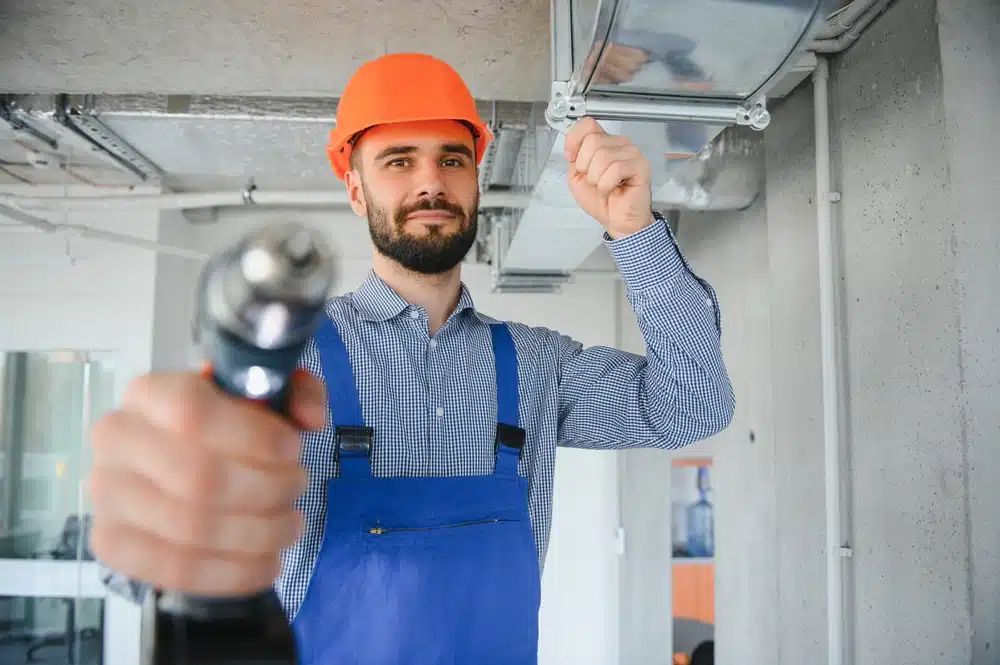
At I-Sells, all things ventilation and ducting related is our speciality, we are here to answer the questions we know are common for those new to HVAC and what it encompasses.
We at I-Sells endeavour to ensure our customers have all the information they require before investing in our mould solutions. Be sure to visit our blog page to learn about the vast array of factors and issues surrounding ventilation, mould, condensation, and much more.
Within this blog, we hope to have answered the question ‘Which heat recovery ventilation system is best for me?’ Whilst providing you with supplementary information to help you going forward.
We understand you may have more questions, do not hesitate to contact us for more information about whatever you need our help with. If you’d like to email us, click here. For other contact options, see below:
Call us on 020 8463 9696
Visit us at our showroom:
*OPENING TIMES*
Monday – Friday: 8:00 am to 5:30 pm
Saturday: 9:00 am to 12:00 pm
Sunday: Closed
15 St John’s Parade
Sidcup, Kent
DA14 6ES
United Kingdom

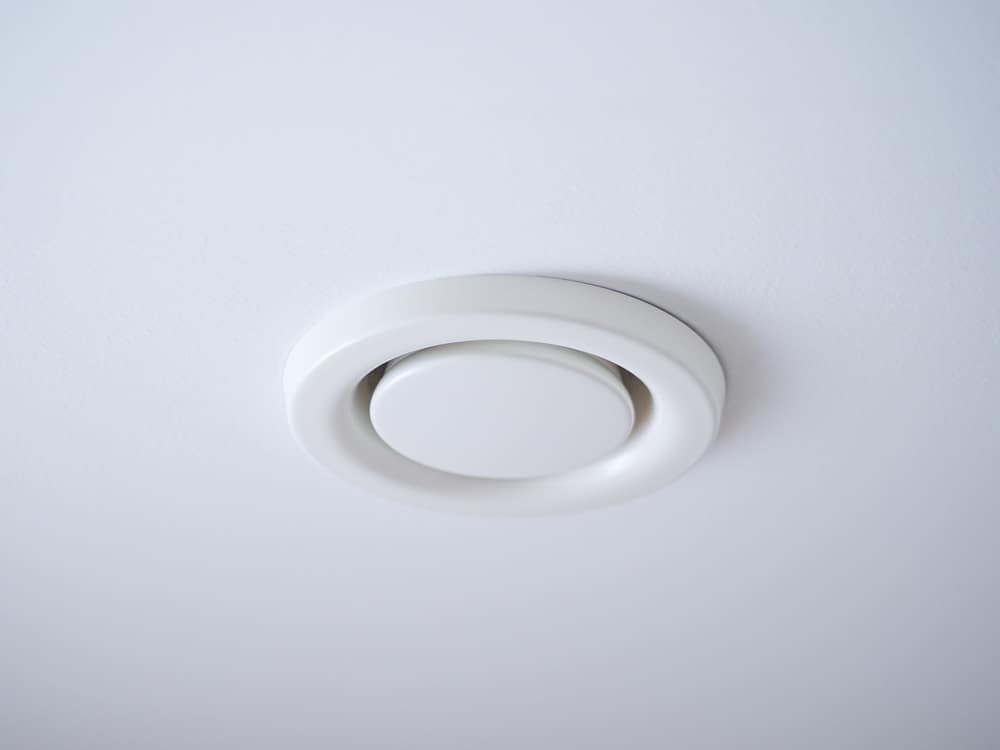
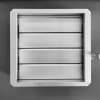
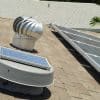
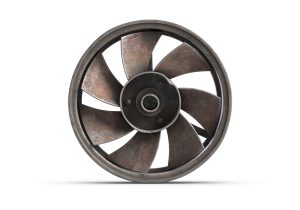

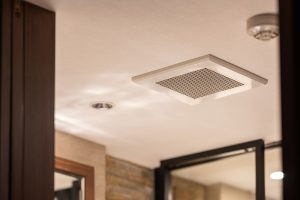





















Add comment
You must be logged in to post a comment.